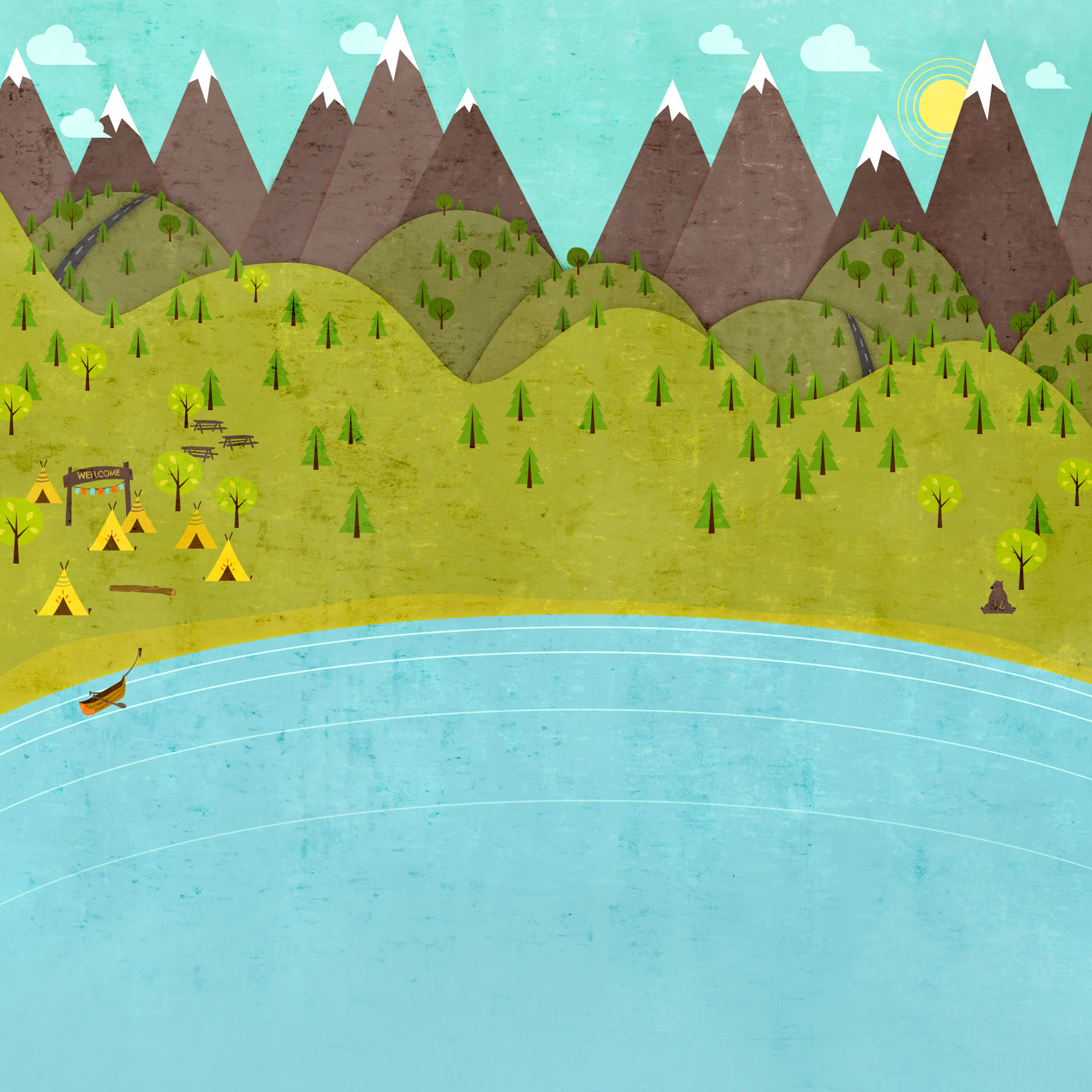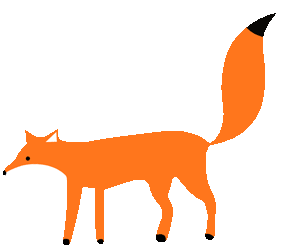
Arts Education

Week 2;; Identity Body as instrument
Key Terms
INDIVIDUALITY
the particular character, or
aggregate of qualities, that
distinguishes one person or
thing from others.
CREATIVITY
the ability to transcend traditional ideas, rules, patterns,relationships, or the like, and to create meaningful new ideas, forms, methods, interpretations.
TRANSITION
movement, passage, or change from one position.
INCORPORATE
to take in or include as a part or parts.
REPETITION
the act of repeating, repeated action, performance, production,or presentation. **
Week Two focused on "What's in a name?". This being, creating actions and sounds relating to your own indiviual name. This was done through creating a sequence of movements that showed the individuality and creativity of said individual. A range of activities will be explored throughout this page to be used in future pratices, and analysed using various readings and resources.

Students were asked to write their name down in a creative way, encouraged to use a variety of shapes, colours, and sizes. Students were asked to discuss with their table why they wrote their name the way they did, and how they could interpret this into an action and movement. This is another example of student centred learning demonstated in week 1, as students are given the opputunity to express themselves and their name with absolute freedom and without boundaries.

Activities
Students were then placed into small groups where they were asked to create a small scene where each person in the group had to share their letter, whilst being connected to others on the group. The students were encouraged to incorporate a piece of fabric to create a transition between each letter. This short performance was then performed to the group where they were provided with positive feedback from the class. Dunphy & Scott provides an indepth analyis of appropriate ways to give feedback and encourage positive feedback, "a good starting point fo stimulating descriptive feedback responses from group members is the question, 'What did you see?'... Feedback that comes from peers can be particulary motivating, sometimes more than the constant voice of the [teacher]." (2003).
To encourage movement, the students were given a student leader in which they had to follow, the actions were gradually changed and the leaders also changed. The students were then asked to think of a different movement of a letter in their name, this could be making the letter with their body as a final position, or going through the strokes of the letter. Students then used this movement in small groups to repeat and copy in a small circle. The small groups were encouraged to teach the steps of their letter to the other students. Students were then split into two groups where they were asked to perform their letter to other students in the classroom. During this part of the lesson, the teacher noticed that many students were lacking confidence and failed to express their ideas, so a few minor activities took place. One of this was an African song that was learnt by the teacher, the song involved repition of lines and small dances moves. Another activity that took place, was "Heave-Ho", where the students were placed in a large circle, and a flow was created of repeating heave-ho as the students bodies were expected to move back and forth with the rhythm. The speed was then increased as well as projection of the voice, allowing children to become more confident with speaking up. This relates to the reading of Russell-Bowie (2009), as he states "as children become confident and profiecient in creating movements, sequences of movements and dances they develop their ability to use their bodies to express themselves -- their thoughts, ideas and understandings."













AusVELS
As students work towards the achievement of Level 2 standards in the Arts, they learn about a range of ways arts elements can be used in the Performing and Visual Arts to communicate experiences, observations and things imagined. They begin to select, arrange and make choices about ways of using arts elements, principles and/or conventions from individual arts disciplines as they investigate the use of skills, techniques, processes, media, materials, equipment and technologies relevant to the arts disciplines in which they are working. They explore and, with guidance, maintain a record of ways of creating arts works that use a range of contemporary and traditional arts forms, media, materials, equipment and technologies; for example, they plan and explore ideas in a visual diary or keep an electronic journal with digital records of presentations." (2012). The above lesson was directed at children in years 3-4, making it appropriate to show the corresponding standard with AusVELs. The criteria of this standard is fulfilled as children are provided to use a different range of props, costumes and media to solve a question posed at them, "What's in a name?". Students are drawn to think about the various elements in dance and drama as they try and create an engaging individual performance. For younger children, these activities could be adapted so the teacher takes control and demonstrates an alphabet of letter movements for the children to copy and adapt if they are capable. For older children, the children may be asked to fulfill a brief, where they have to include touching the floor or using a prop.

